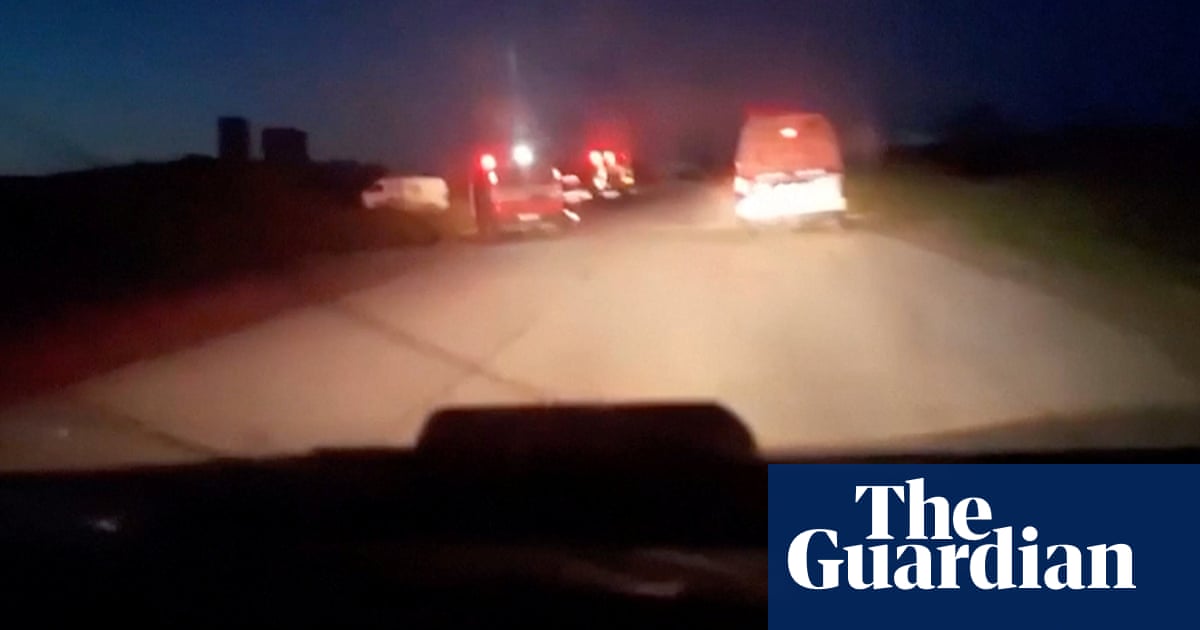As conflict zones become increasingly perilous for aid workers, what does the future hold for humanitarian assistance? This article explores the critical trends and challenges shaping the future of humanitarian aid in conflict zones, providing insights into the evolving risks and necessary adaptations for effective support. discover how international law, technology, and misinformation impact aid delivery, and what measures are crucial too protect those on the front lines.
The Future of humanitarian Aid in Conflict Zones: Trends and Challenges
Table of Contents
The recent events in Gaza, where medical personnel and aid workers have been targeted, highlight a disturbing trend: the increasing vulnerability of those providing humanitarian assistance in conflict zones.This article delves into the potential future trends related to this issue, exploring the challenges and opportunities that lie ahead.
Erosion of International Law and Humanitarian Principles
One of the most concerning trends is the apparent disregard for international law and humanitarian principles. The deliberate targeting of medical staff, as evidenced by the killings in Gaza [[2]], represents a grave violation of the Geneva Conventions. This erosion undermines the very foundation of humanitarian work,making it increasingly risky for those trying to save lives.
Did you know? The Geneva Conventions are a set of international treaties that establish the standards of international law for humanitarian treatment in war. They specifically protect medical personnel, facilities, and transports.
The Rise of Misinformation and Propaganda
Another significant challenge is the proliferation of misinformation and propaganda. In the Gaza conflict, initial reports from the Israeli military were later contradicted by evidence [[1]], highlighting the difficulty of establishing the truth in a highly contested surroundings. This makes it harder to hold perpetrators accountable and erodes public trust in humanitarian organizations.
Pro tip: Always cross-reference information from multiple sources, especially in conflict zones. Look for independent verification and avoid relying solely on information from parties involved in the conflict.
Increased Use of Technology in Warfare
The increasing use of technology in warfare,including drones and advanced surveillance systems,presents both opportunities and risks. While technology can improve the efficiency of aid delivery, it can also be used to target humanitarian workers more precisely. The use of such technology requires strict adherence to international humanitarian law to prevent unintended casualties.
The Need for Accountability and Justice
Ensuring accountability and justice for violations of international law is crucial. The lack of consequences for attacks on humanitarian workers,as noted by human rights organizations [[1]], perpetuates a culture of impunity. International investigations, such as the one demanded by the Palestinian Red Crescent [[1]], are essential to hold those responsible to account.
Adapting to a Changing Landscape
Humanitarian organizations must adapt to this evolving landscape.this includes:
- Strengthening Security Protocols: Implementing more robust security measures to protect aid workers.
- Advocacy and Diplomacy: engaging in more active advocacy to promote respect for international law.
- Building Partnerships: Collaborating with local communities and organizations to enhance protection.
Case Study: The world Central Kitchen incident,where aid workers were killed in Gaza,underscores the need for improved coordination and communication to prevent such tragedies.
The Role of the International Community
The international community has a critical role to play in protecting humanitarian workers. This includes:
- Supporting Independent investigations: Ensuring that credible investigations are conducted into attacks on aid workers.
- Imposing Sanctions: Holding those responsible for violations accountable through sanctions and other measures.
- upholding international Law: Reinforcing the importance of adhering to international humanitarian law.
Reader Question: What can individuals do to support humanitarian efforts in conflict zones?
The future of humanitarian aid in conflict zones is uncertain, but the trends are clear. By addressing the challenges of eroding international law, misinformation, and the increasing use of technology, while promoting accountability and justice, we can work towards a safer environment for those who risk their lives to help others.
Call to action: Share your thoughts and ideas in the comments below. How can we better protect humanitarian workers in conflict zones?

